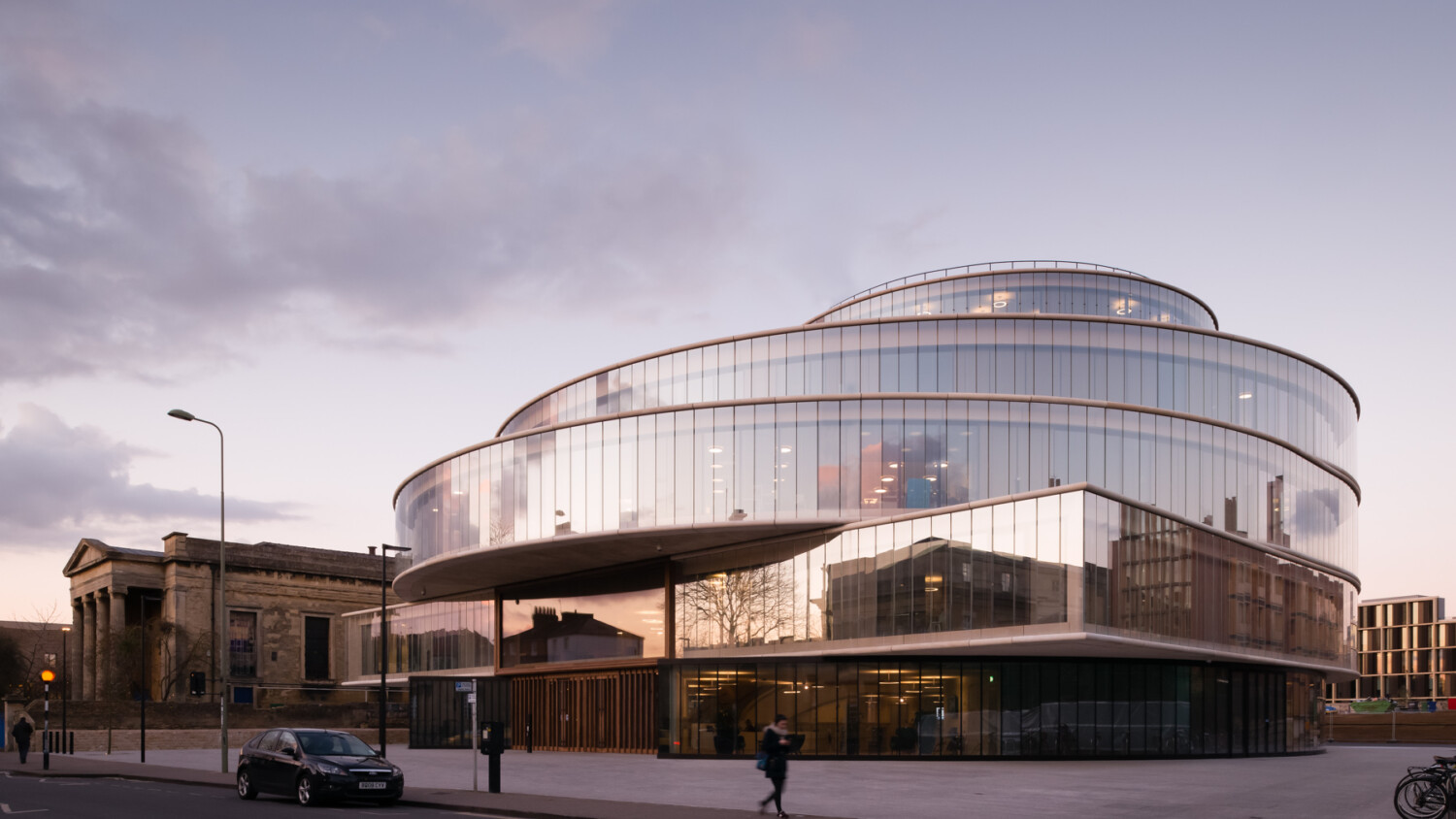Leaning in to “Why Not?” Moments With Multi-Talented Photographer & Filmmaker Jim Stephenson
In April, there was the ZoomedIn Festival in which a number of architectural photographers from around the world appeared as guest speakers. Many of them I had not heard of, and one in particular — UK based photographer/film-maker Jim Stephenson — immediately caught my attention. Jim was a former architectural technologist turned architectural photographer and now film-maker. It was his short films that got my attention as he is a wholly self-taught creative, who carved out opportunities for himself to photograph projects by some of the world’s most iconic architectural firms.
Hey Jim, thanks for taking the time for this interview. To start off with, tell us a little about what an Architectural Technologist is?
When I was a kid, I only ever wanted to pursue one occupation, which was to become an architect, as I was fascinated with designing buildings. My dad trained as a civil engineer and was involved in small-scale architectural projects such as house extensions. Since he worked from home, I was always surrounded by rolls of yellow tracing paper, drawing equipment, and the iconic rotting pens. When I was in my teens, I worked for my dad and really got into technical drawing.
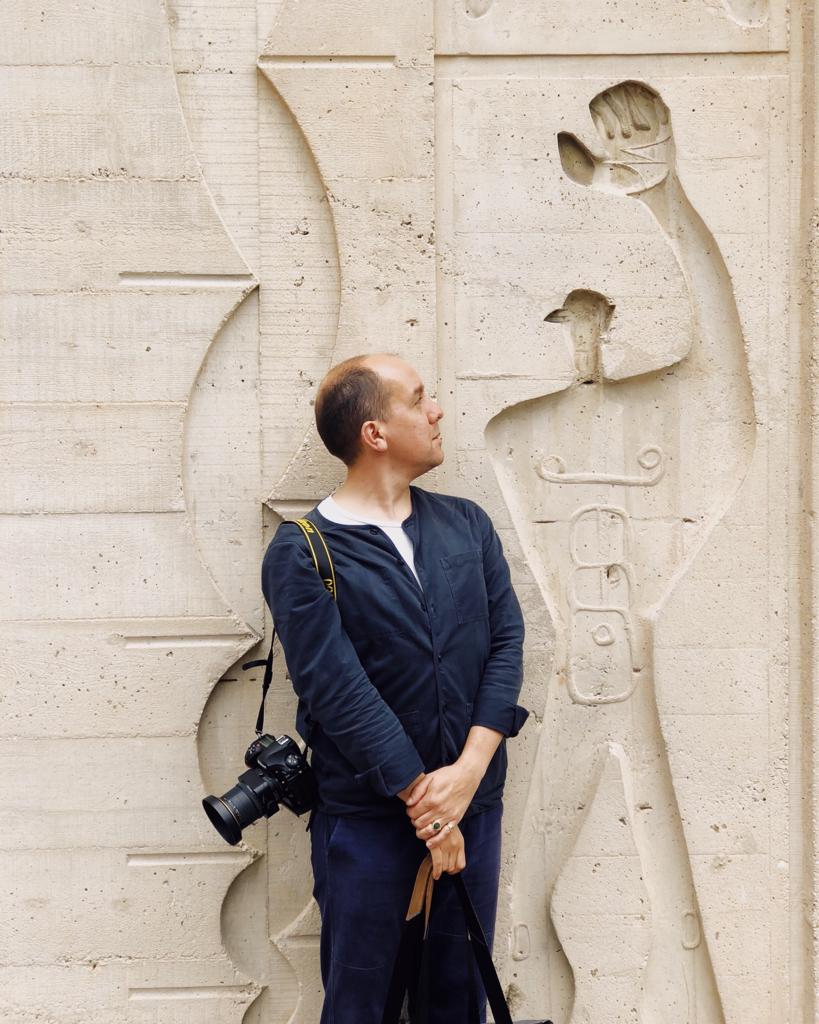
As an engineer, dad had a healthy distrust of architects, so instead of enrolling in an architectural degree, I opted for architectural technology. Architectural technology was a new degree whose aim was to create a bridge between an architect and an engineer. My studies included a design component but not quite to the extent of what would be covered in an architectural degree as well as a significant engineering program which consisted of learning about how buildings stand up.
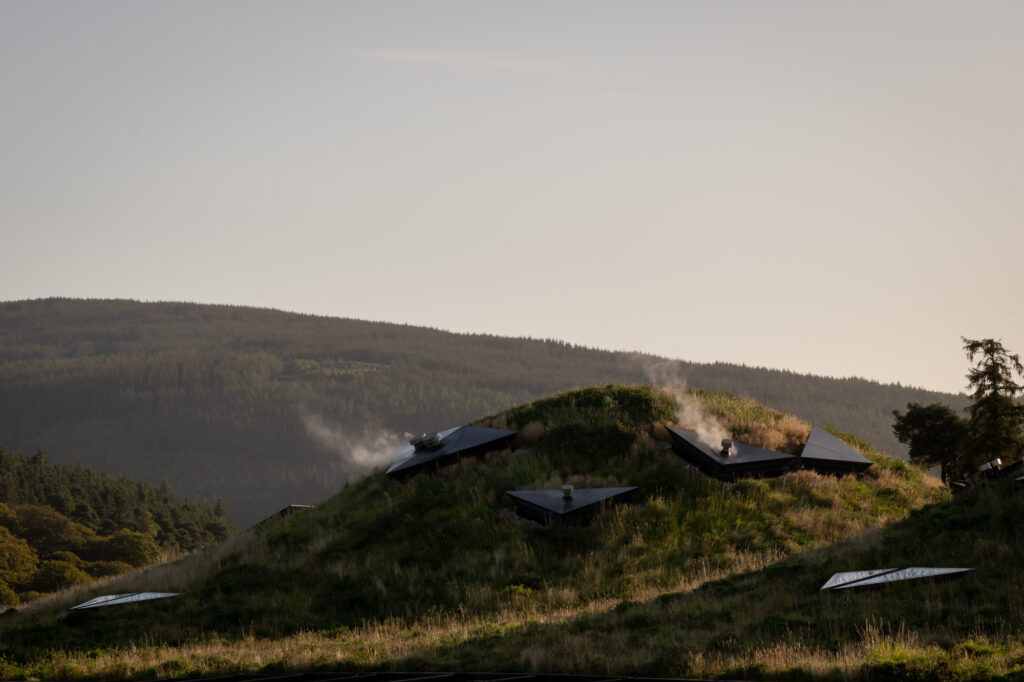

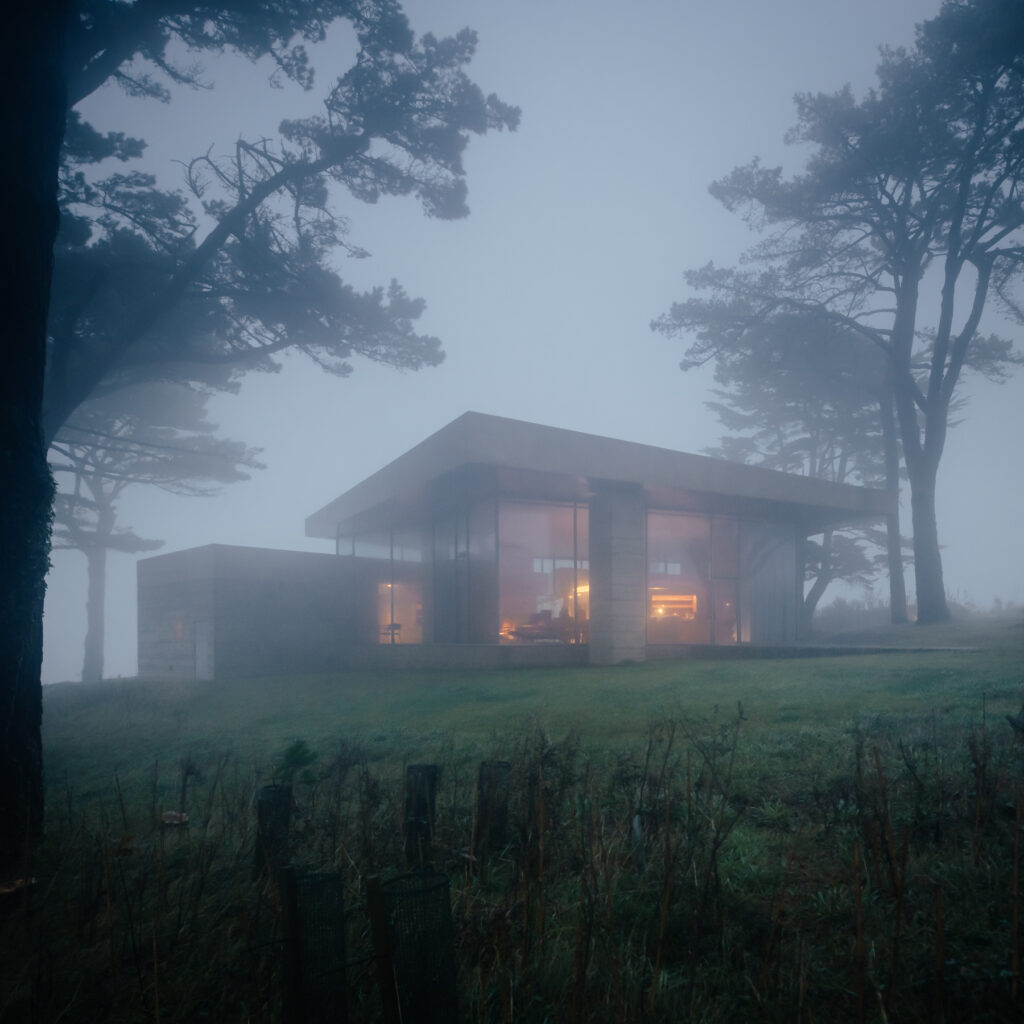
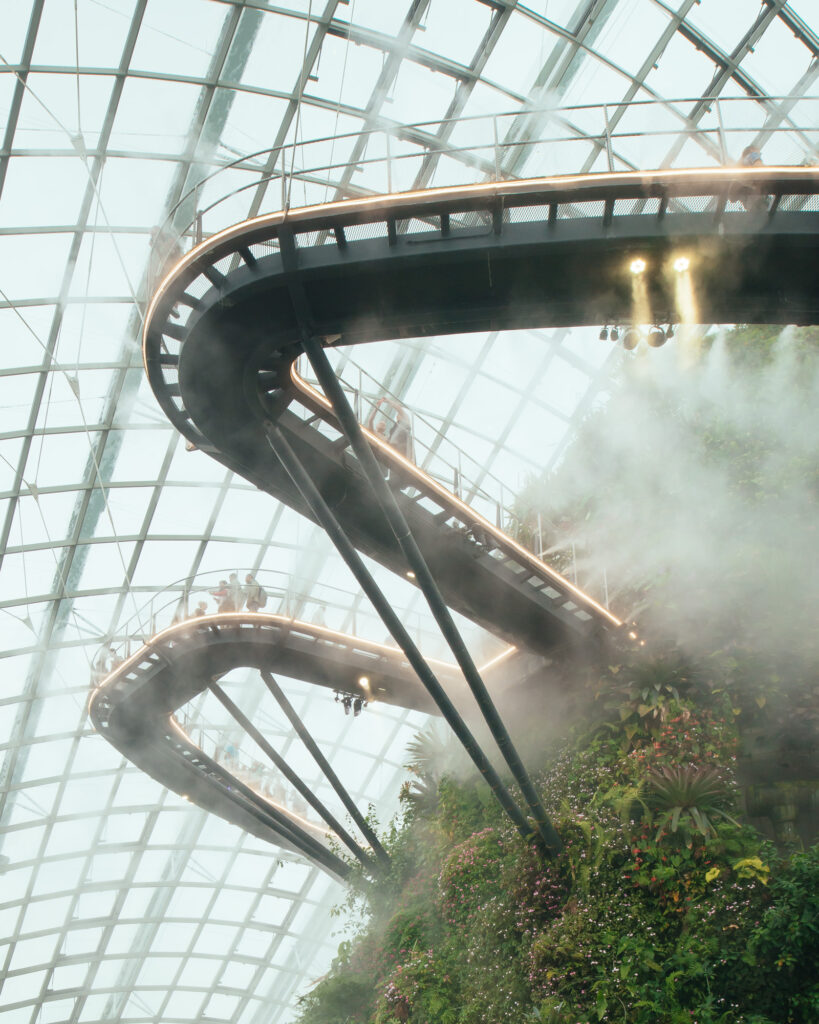
What caused you to change career directions and to take up architectural photography?
As an architectural technologist, I worked on the technical details of an architectural project which meant I was often on-site during construction, ensuring that the buildings were being built as per the drawings.
In 2008 we experienced the global financial crisis, and the UK went into recession. As a result of the recession, nobody was building anything. Subsequently, my job became redundant and I was eventually let go by the architectural practice who employed me. During the crisis, architectural practices were not hiring anyone with my expertise. Aside from being an architectural technologist, I had no other marketable skill. In the area I was living in, there weren’t many manual labour jobs either. Photography was the only other thing I could sell or do. Initially, it was out of pure necessity to pay my rent with very little savings behind me, and as a result, I became a photographer. I leaned on all my contacts within the architectural industry to get my first commissions.
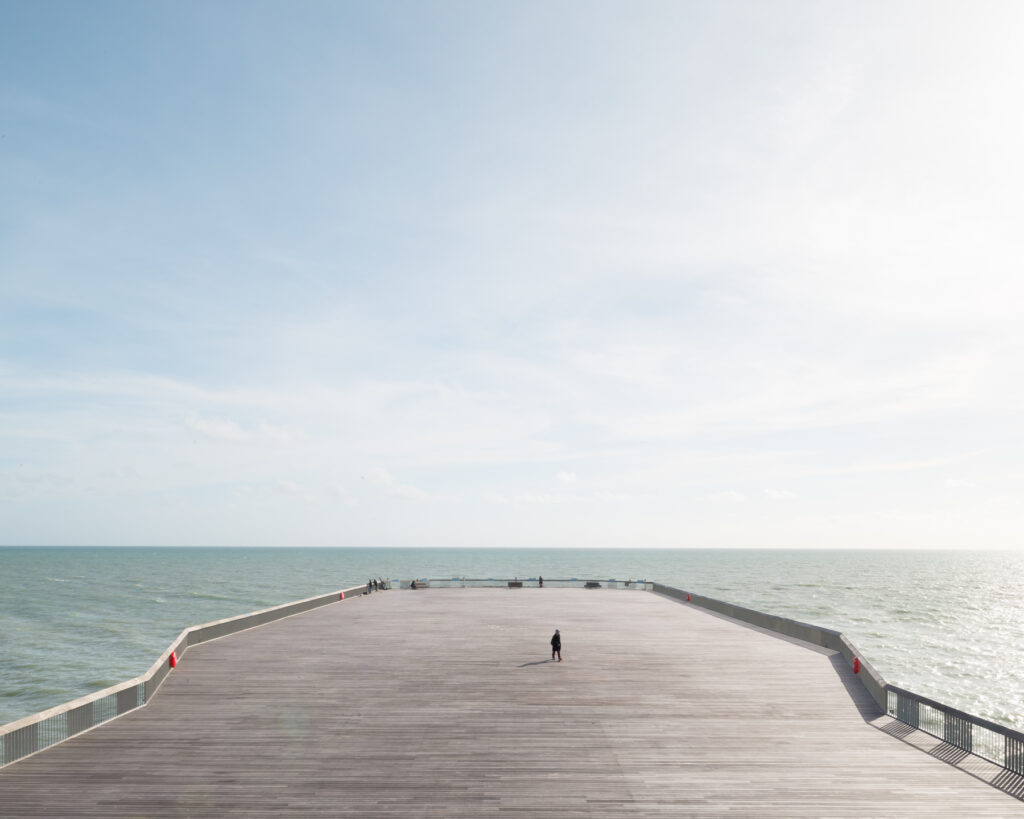
Initially, I was photographing anything that came my way which would range from architectural commissions for friends (architects or builders), to products, portraits and so on. In a nutshell, I was saying yes to everything, including four weddings, and after the fourth one, never again! Month by month, I made enough to keep a roof over my head and gradually built up from there, which was a little over ten years ago.
Briefly, I went back into design and tried to do architecture part-time as well as photography part-time but neither of the part-time jobs was manageable. During the part-time phase, I had an epiphany about my interest in designing buildings. My interest was in architecture and buildings. It didn’t matter if I was designing or taking pictures, all I was doing was switching the tools, from pen and paper to a camera. I wasn’t switching professions but switching tools therefore the transition became frictionless and easy.
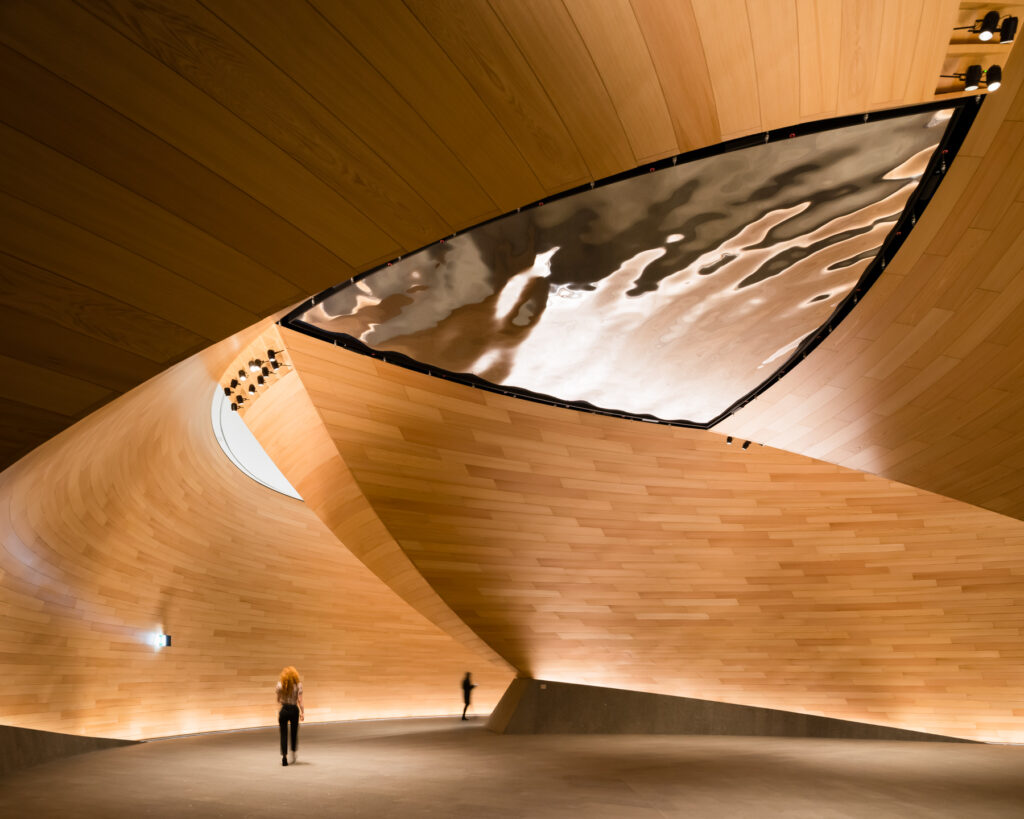
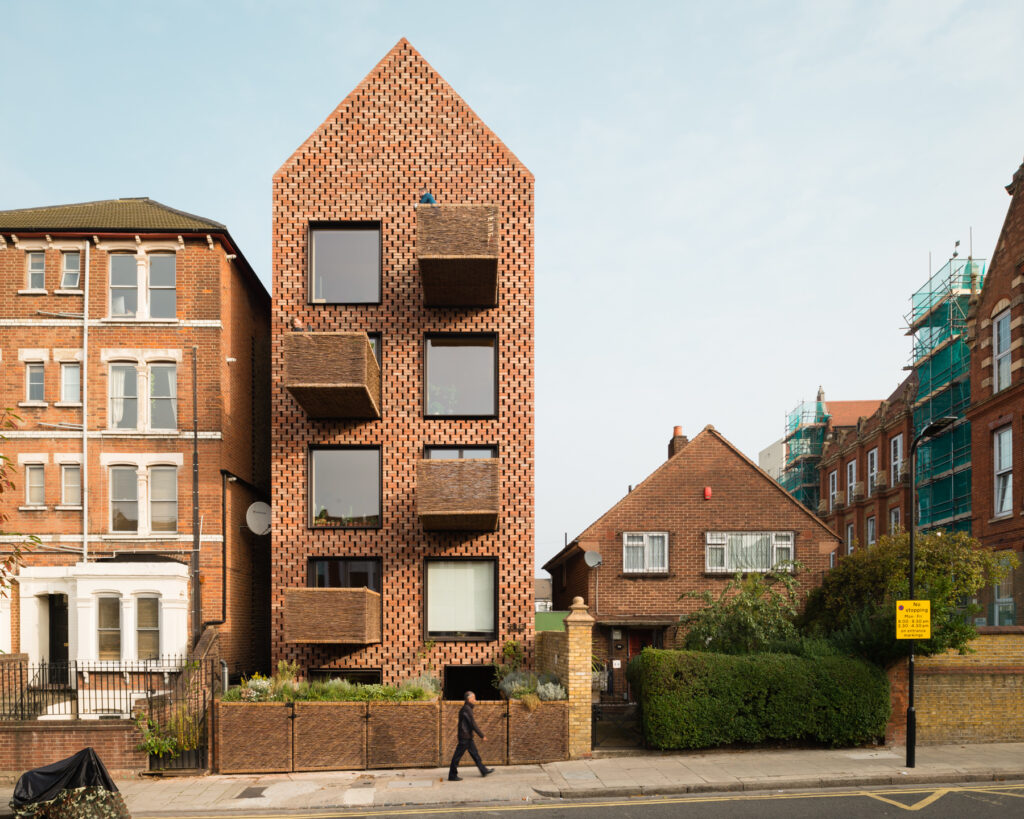
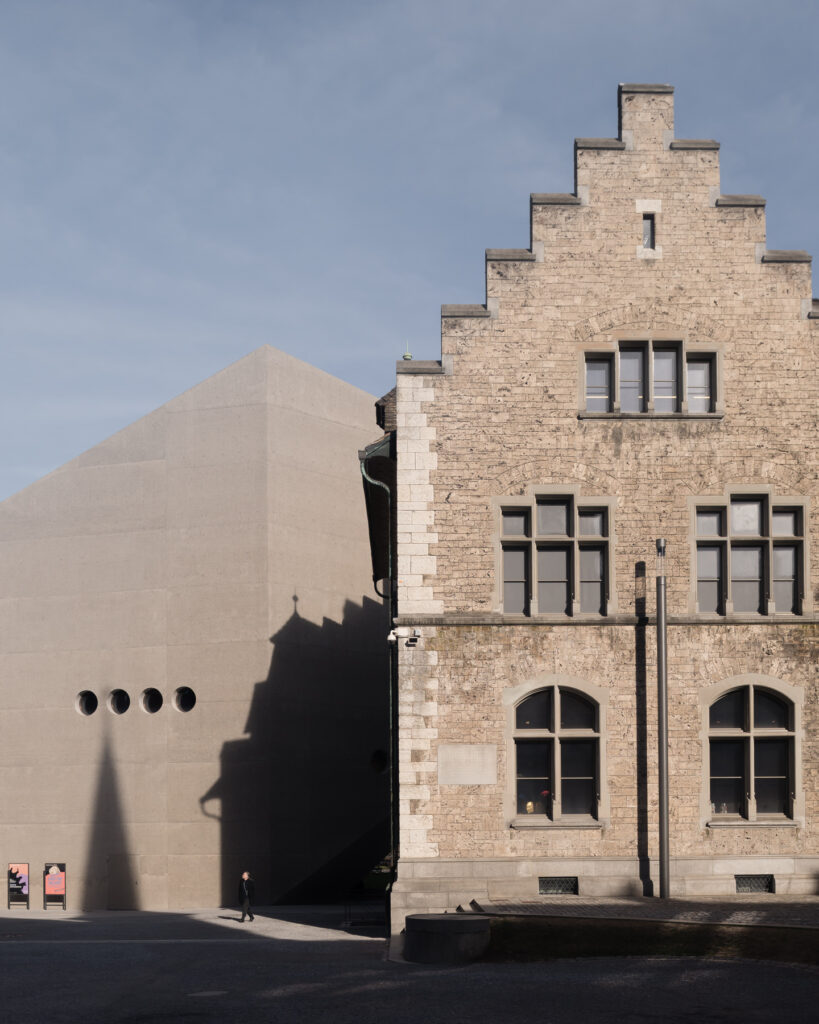
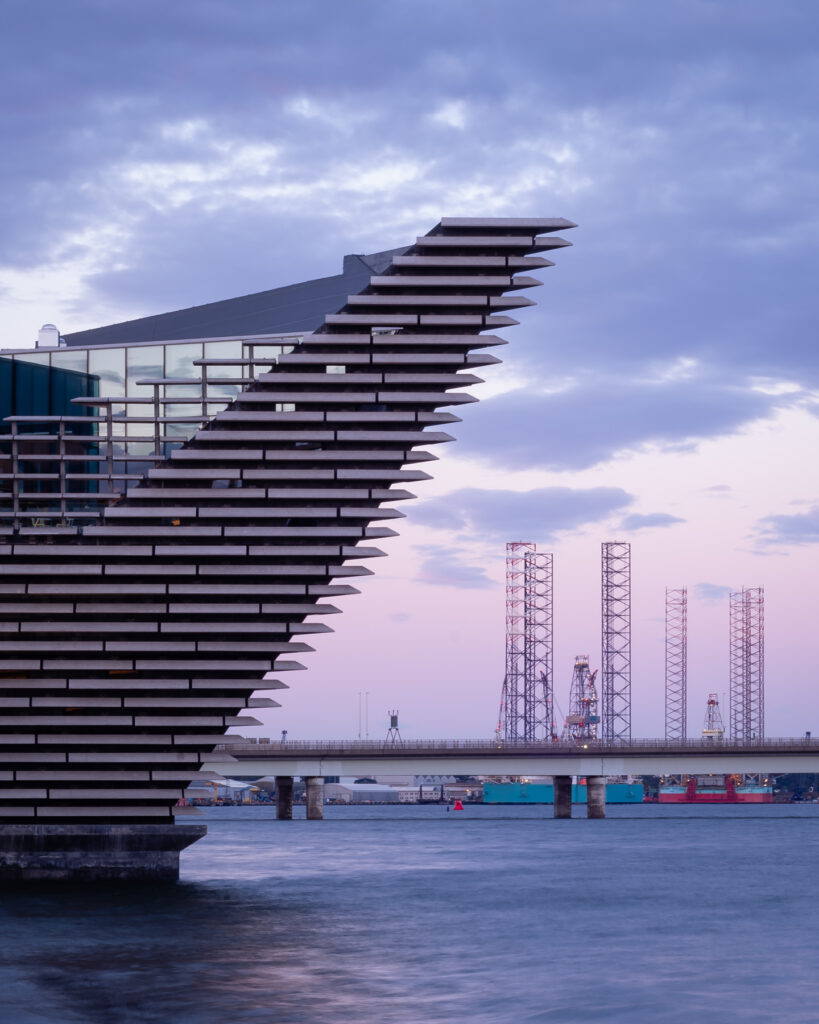
How did the opportunity with The Architects Journal come about?
About five years ago Laura Mark(who was then the architecture editor at The AJ) got in touch with me out of the blue about a series of doing short films. At the time not many architectural publications were commissioning films.
Laura had an idea about creating a movie for each of the six shortlisted buildings for the upcoming Stirling Prize, the British Architectural Awards.
I worked with Laura on all six films, and we made a great team as she did the interviews while I shot and edited the films.
After that, I got additional short film commissions from The AJ for building studies as well as longer film formats. My relationship with them has got to a point where they trust my process, and they are very supportive of how I like to work, and it all grew from those initial six films
Laura has since left The Architects Journal, but the two of us still work together a lot on our own films, including our series ‘Practice’.

Prior to your initial engagement with Architect Journal for the Stirling Prize commission, what got you started in film-making?
I don’t want to credit camera kits, but the most significant technological revelation was that the “photography” cameras could shoot 1080p HD video. The same camera I use for photography can also shoot video; therefore, it became a why not moment, why not do video as well?
I always had an interest in cinema and documentaries and I had an interest in films that had some form of an architectural theme to it—for example, Blade Runner or any of the Wes Anderson films where the architecture is the protagonist. Architectural films used to be huge back in the 30s and 40s, particularly in Europe and America, and then it disappeared until relatively recently. I was interested in the film’s ability to tell a story.
Some of the earlier films included Le Corbusier’s work in the 30s as well as Charles and Ray Eames from the 50s and 60s. Another memorable, more recent, film was HouseLife by Bêka & Lemoine. The film featured a home by RemKoolhaasas the silent protagonist, and the narrative explored the architecture through the point of view of the house cleaner. The HouseLife film was a light bulb moment for me on how to describe architecture through motion and narrative.
A few years ago Ed Bishop got in touch. His background is in feature films, music videos and documentaries. He was interested in making wanted to make films about architecture and was asking for some advice on how to get started. I suggested that we should work together and that’s how we started Stephenson & Bishop. Nowadays, I do most of my films on my own because of the constraints of client budgets but we still work together from time to time.

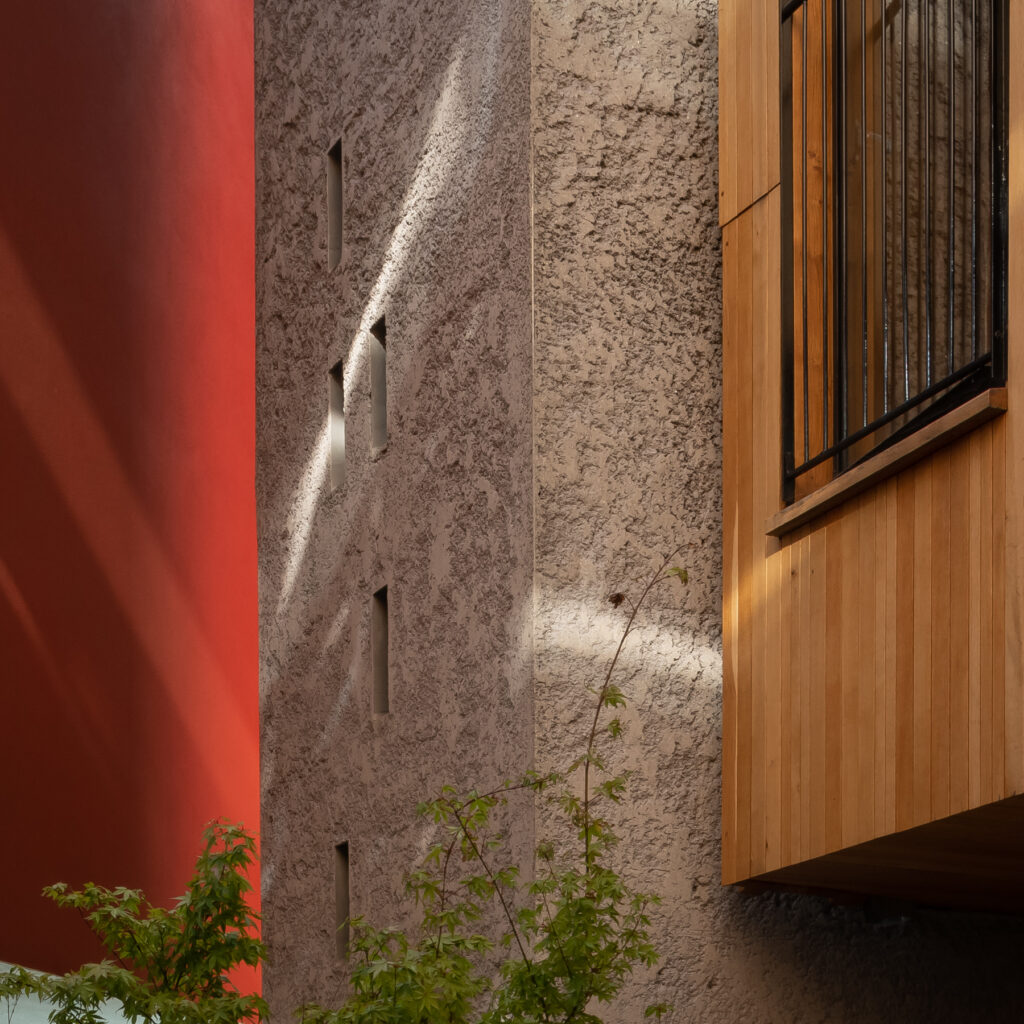
Over the years you have photographed for a number of top-tier international firms. How did you work on forming and maintaining these relationships that led you to photograph some notable global projects?
This is one of the most common questions I get asked from students or anyone starting in architectural photography. Early in my photography career, I was going to a lot of events like attending architectural lectures in London, and I would take a train up as I didn’t live in London. In addition to enjoying the events, they were really good networking opportunities. Additionally, I ensured my social media was up to date, and so was my website. I tried to get out and meet as many people as possible face to face. Emailing architects telling them I liked the buildings they had designed and if we could meet up for coffee to chat about it. I don’t do that so much anymore, but that’s what I did to build it all up and kept those relationships going.

During a shoot, I made sure I was easy to work with and didn’t come across as a prima donna. I am relaxed on shoots, and I ensure that the client gets to have a say on the shoot while I maintain my creative integrity and being assertive when I need to be. I hope they go away with a set of images or video they like but also that they enjoyed the process as well.
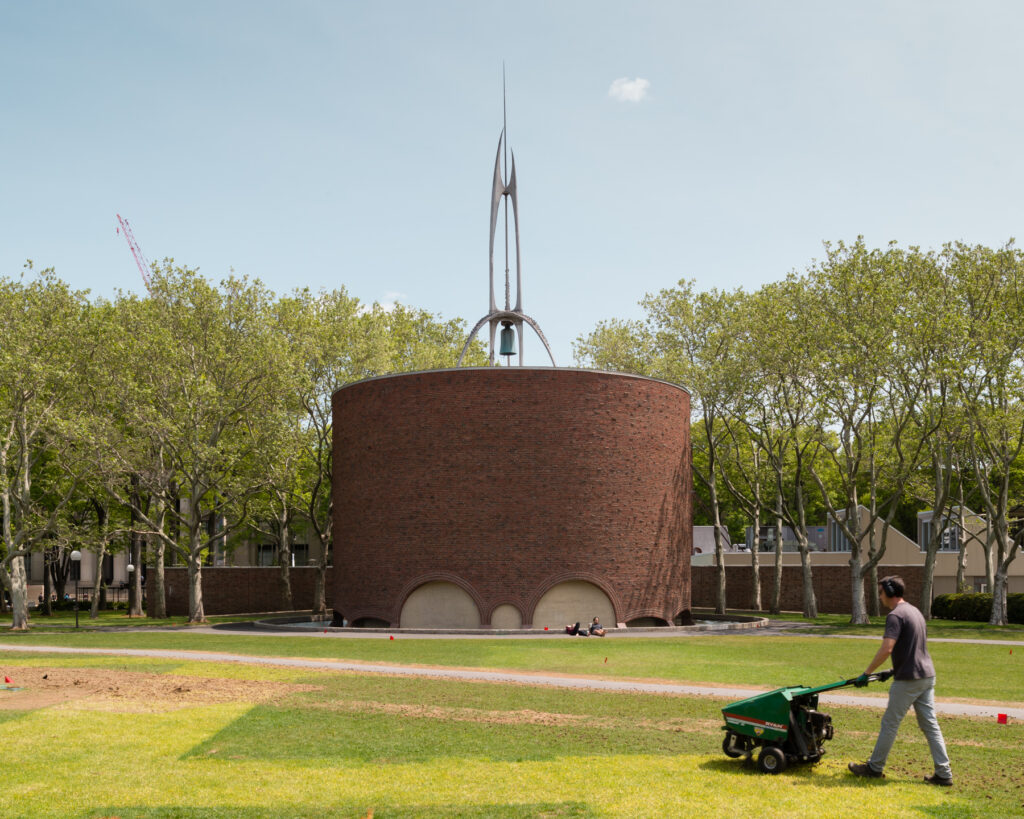
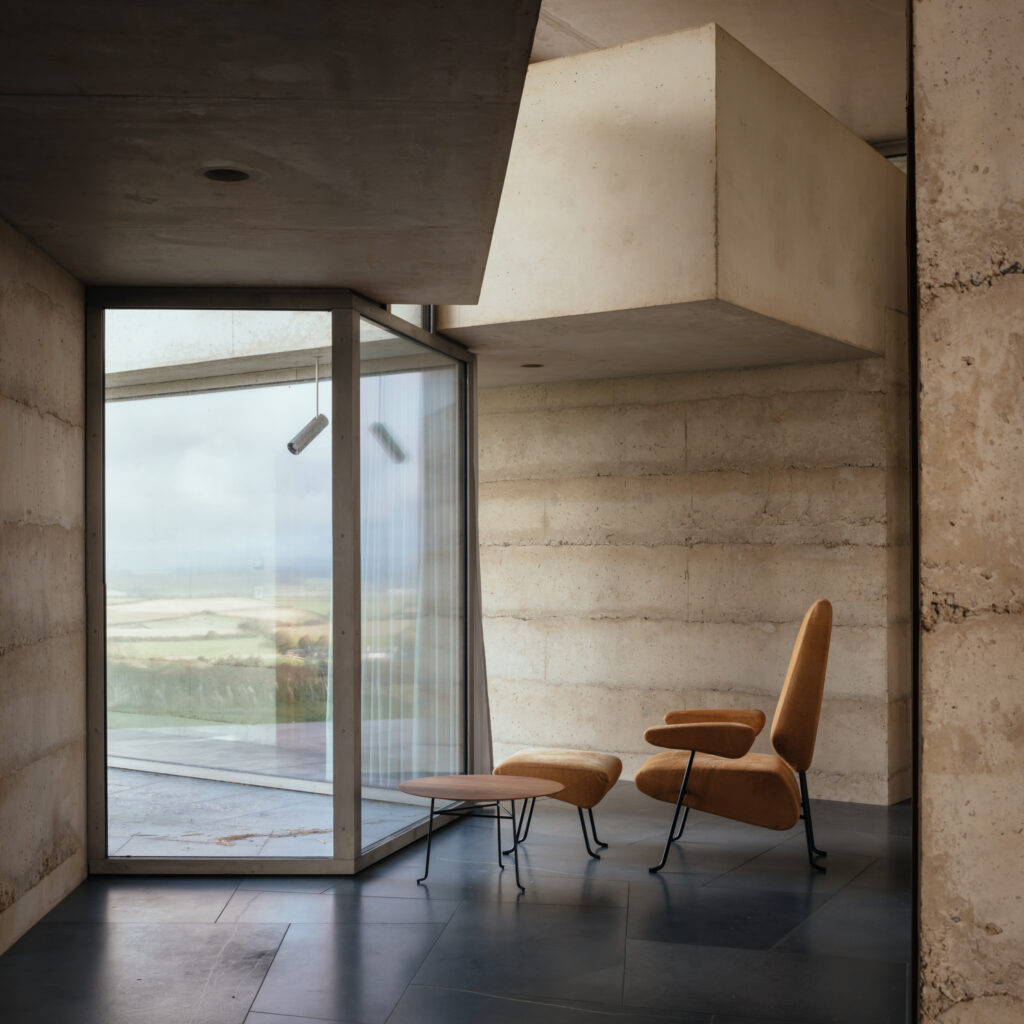
A lot of your films are interviews with architects. Do you prepare a script beforehand for interviewing the architect or is it more of a chat?
Currently, I am writing a style guide for my practice so that I can send it out to architects when we are doing films together. For a lot of architects I have worked with, it is the first time they have ever done a film or been interviewed. Sometimes they do turn up with scripts, so I let them read it right through. Afterward, I take it off them and ask them to do it again as the scripts can be a nightmare. It takes a very skilled person to take a script and make it sound natural, I prefer to keep it a bit more informal.
Usually, it is a conversation with me, and I will sit to one side of the camera. The conversations tend to be more flowing and more relaxed. For longer films or features, I will do a treatment which is a single A4 page of the story we want to tell. We can’t explain everything about the building in 5 minutes and often focus on a few highlights. Before filming, I will send the architect a few bullet points or questions. The most exciting things come once we have gone through the bullet point list, and the conversation becomes free formed.
To provide context, the interview I did with Amin Taha on his Barretts Grove project, we had provided Amin with a set of questions. During the interview, Amin made it look effortless because he is very eloquent and thoughtful. He slows down when he talks, and what I love about him and people like him, he can get across the technical aspect of the building and the pragmatic things and he can talk very poetically about architecture.
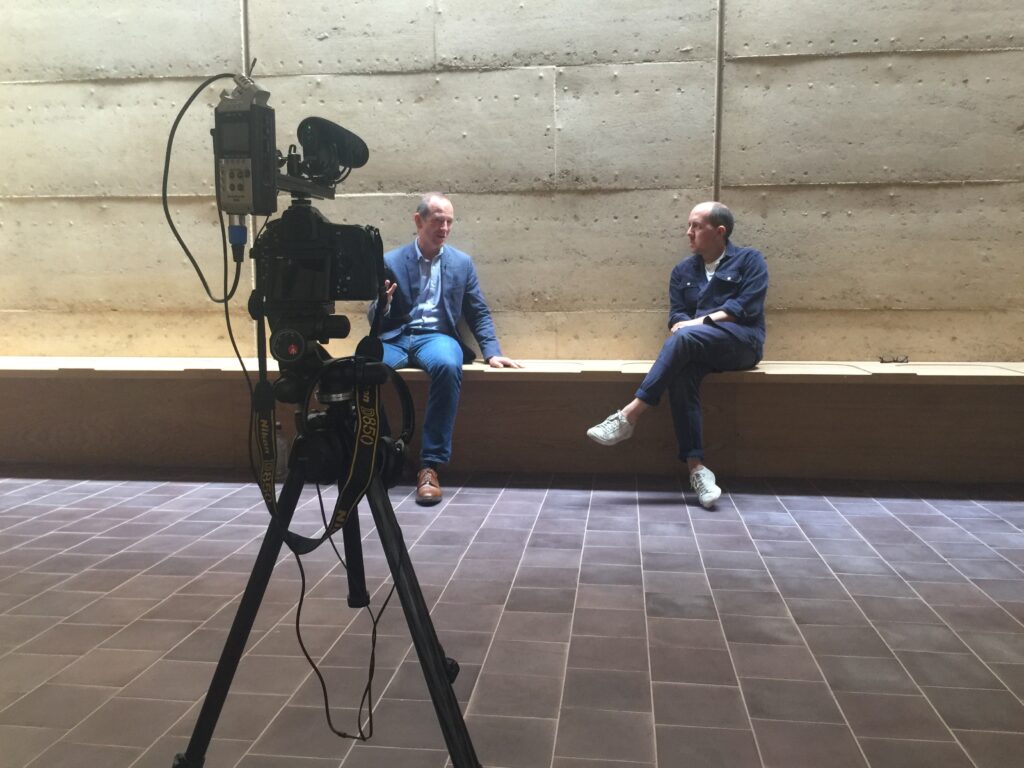
If the interview is getting a bit too technical I would ask them “how does it feel as a human being going back to the building you finished? Or what emotions did you feel when you first saw somebody use your train station?” You need some human, relatable poetic element. By poetic I’m not implying you have to talk in a grand language, but you need to speak in a more relatable way as architecture can be a very technical subject.
I recently did a really interesting film with LionHeart, who is a poet. He has been a resident poet in architectural practices, teaching architects on how to talk about their buildings using more emotive language. In films, the emotions hook you in and keep you in. You need to emote even in the most factual documentary, you need to hear the emotive connection somewhere.
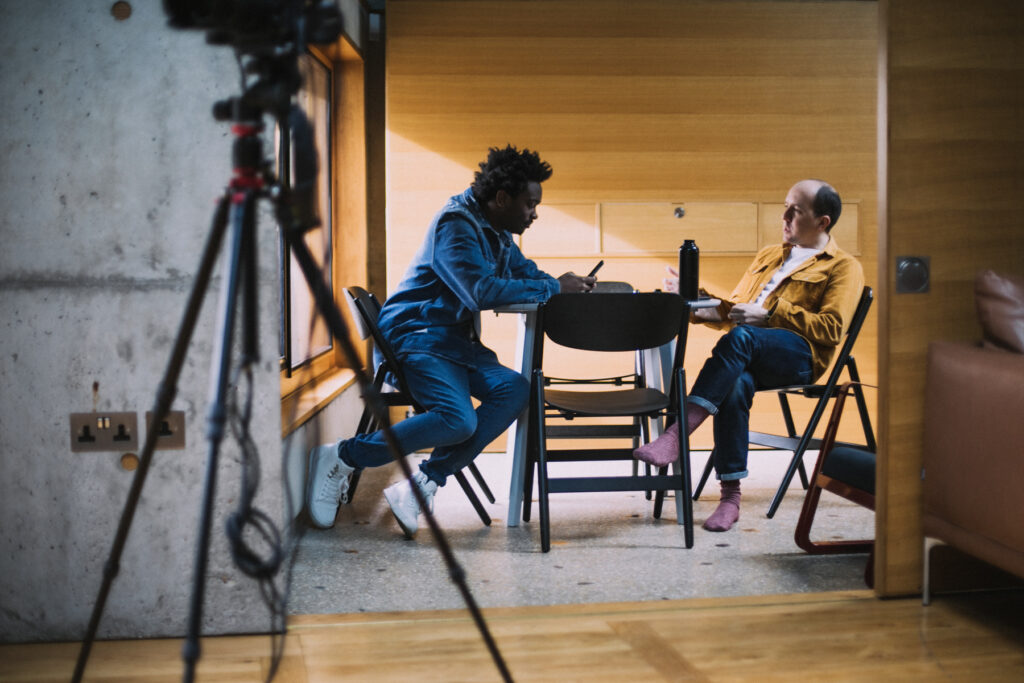
Architectural Photography and Filmmaking are two very separate mediums to capture the same subject matter. If you are commissioned to do both what are your processes behind photographing and film-making the same architectural entity?
Firstly, when I am filming architectural projects, most of the time I am doing stills as well. My fundamental principle is that when I set up my frame whether it be a film or still, I set the composition around what I know isn’t going to move, then I wait for everything else to be in the right place. On occasions, the photography (still) composition is the same as the film composition.
One of the most significant differences between film and still is that as much as I want to put photographs in an order that I feel tells the story of the building, the minute the architect gets photographs, they reorder. Once they send it to the magazine, the magazine reorders it. They might put one image on its own on Instagram. The narrative you are trying to build is fragmented and distributed in different ways. The benefit of the film is that it is not possible to reorder; it is a self-contained narrative.
The edit is the most important thing. When I am on a shoot, I am thinking to myself which clips will complement each other. With film, I am trying to build a cinematic space for the viewer. I can’t make you feel the way I feel walking around Walmer Yard in London. I can’t explain to you the temperature change when you go from room to room, how it smells or how it feels. All the senses that aren’t the eyes and ears, but what I can give you is all the information that can help you build the cinematic space in your mind. For instance, in the film, I might show an image of concrete with rain falling next to a frame of a kitchen next to a staircase. The aim here is to give you a montage of frames that are all connected to help you build up the space in your head. It is interesting the way you order those frames as it makes such a difference in how the audience interprets the film.
For example, there was a Russian film-maker, Kuleshov, who filmed an actor looking dispassionately at the camera. Then he cut it into two, and in the middle, he inserted a picture of a bowl of soup. You immediately, attribute hunger to the actor. He displayed a picture of a woman reclining on a couch, and you attribute lust. Even though the frames of the actor’s face are the same, in the manner in which you edit the frames together is the most significant difference between photography and film. The ability to create cinematic space in people’s minds and that is what I am attempting to do in my films.
Nowadays, I photograph and film on the same day, albeit it can be a little chaotic, but it is the best approach for me. If I am walking around the building, I have all the equipment to do both. Quite often my work is focused around human interaction with architecture, I will be filming something, and if I see something interesting happen across from where I am, I can quickly set up there to get a photograph of that.
Previously, I tried to separate the two up, but all that happens is that you are doing the video and you think I wish I had got a photograph of that. So now I mix the two up, and it is not ideal, but I haven’t found a better way to do it. I can deal with that level of low-level chaos.
If you are interested in seeing more of Jim’s work then you can visit his website. Additionally, if you want to see more of his films then check out his Vimeo account. I highly recommend you follow Jim on Instagram as well. If you want to view Jim’s talk from the ZoomedIn festival you can view it here.
